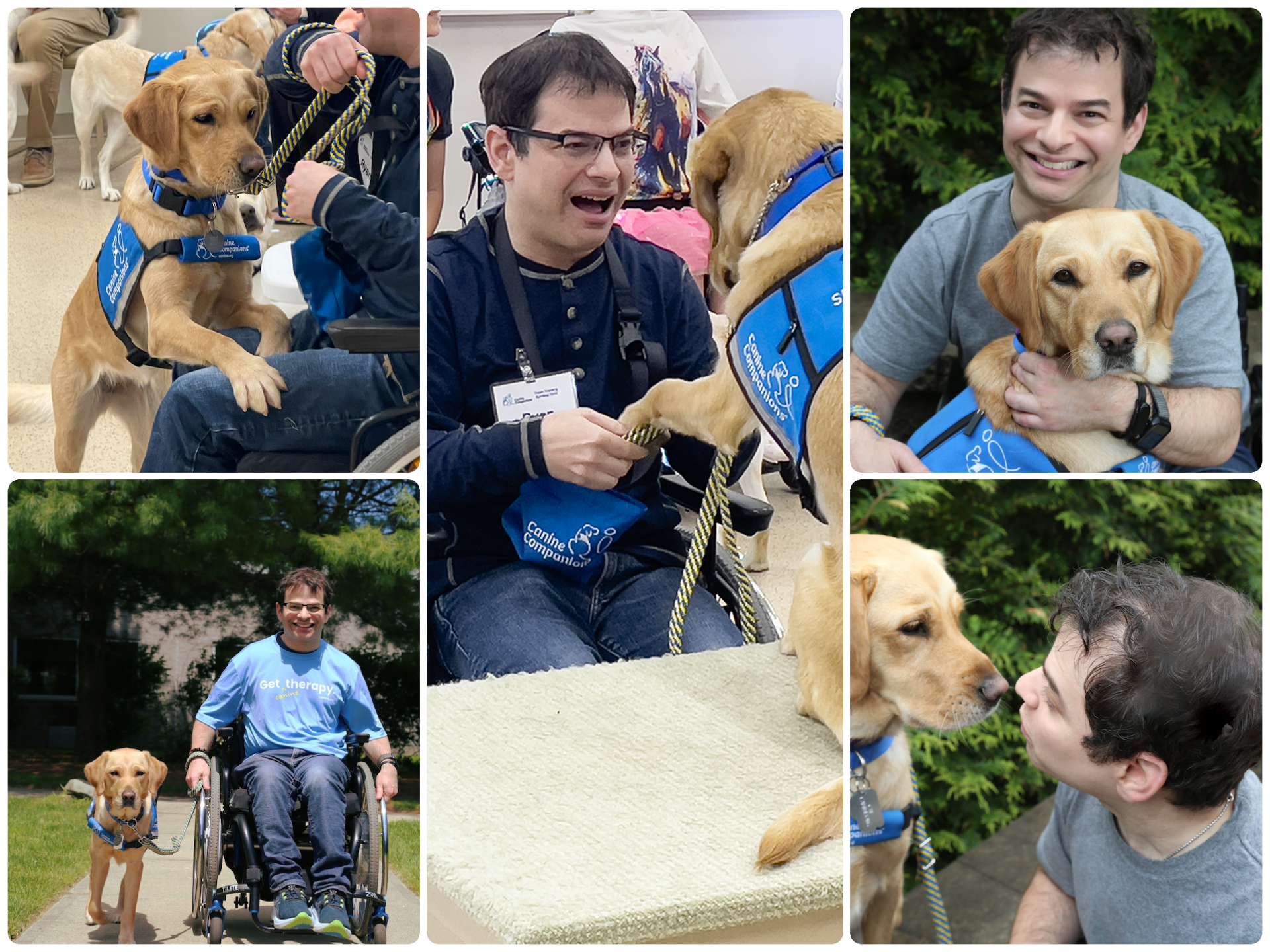A view of the OPM Logo outside a conference room.
Let’s talk about what it feels like to be a disabled person trying to work for your government—while your government quietly rewrites the rules to keep you out.
Picture this: You’re a recent college grad, disabled, maybe neurodivergent. You’ve spent years preparing for a federal career. And now, you’re told your first task is to write a 200-word essay about how you’ll support the president’s executive orders. Oh—and don’t even think about using AI to help. Just you, a keyboard, and a soft demand for ideological loyalty.
This isn’t fiction. It’s policy. According to Axios, applicants now face essay questions designed to gauge patriotism—not qualifications. “How would you help advance the President’s Executive Orders?” one question asks. Never mind your skills. Your support for the administration comes first.
And if you’re already in the system? The rug may already be gone. Reuters reports that the Trump administration has proposed a rule to fast-track firings. Agencies can now skip traditional discipline, refer someone directly to U.S. Office of Personnel Management (OPM), and—if approved—terminate them in five days. No real process. No protection. No time to fight back.
Now imagine you're autistic and need extra processing time. Or you’ve got long COVID and had to request accommodations. Or maybe you just asked too many questions. What happens when those behaviors are labeled “misconduct”?
It’s not just hiring that’s shifting. POLITICO reported that agencies have been ordered to stop using diversity data in hiring—no tracking of disability status, race, or gender. No benchmarks. No visibility. So if fewer disabled people are getting hired… who’s supposed to notice?
I’ve said this before, but it bears repeating: the federal government isn’t just another employer. It’s the largest employer in the U.S. It sets a tone. And right now, that tone is saying: “Conform, or you're expendable.”
So here’s my question for you: What does "merit" really mean when it excludes nuance, experience, and identity?
Disabled workers aren’t liabilities. We are the very people who’ve spent our lives adapting, solving problems, navigating systems that weren’t built for us—and still showing up. That sounds like public service material to me.
If you’ve been impacted by these policies—drop a comment, share your story, or reach out. Because this isn’t just about job applications. It’s about belonging.
And the rules can’t change who we are. But maybe, just maybe, we can change the rules.









